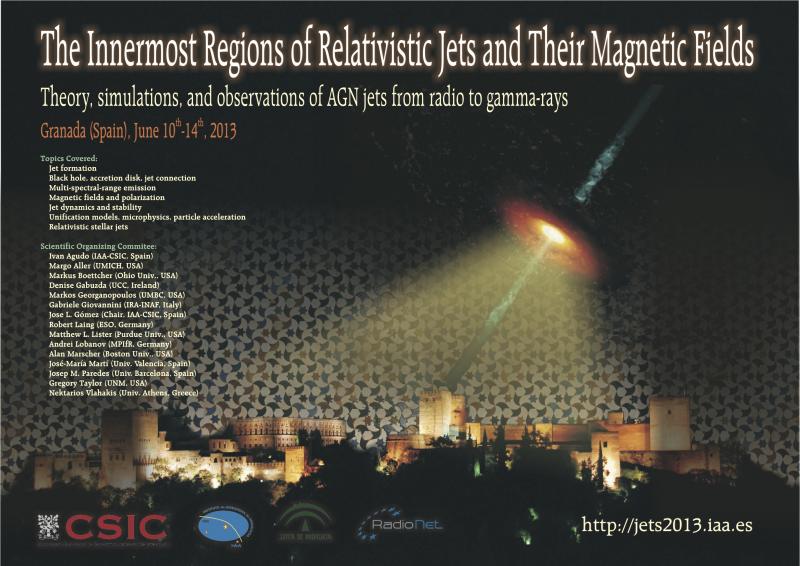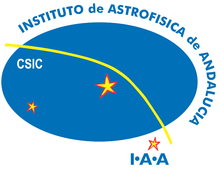The Innermost Regions of Relativistic Jets and Their Magnetic Fields. Granada (Spain). June 10th-14th, 2013.
Murphy, Eoin
Monte Carlo Studies of Transverse Faraday Rotation Profiles.
Author list: Eoin Murphy and Denise C. Gabuzda
Faraday Rotation measurements are a very important tool for investigating the magnetic (B) fields associated with the relativistic jets of Active Galactic Nuclei (AGN); for example, a toroidal or helical B field component should give rise to a systematic gradient in the observed Faraday rotation across the jet. However, real observed radio images have finite resolution, usually expressed via convolution with a Gaussian beam whose size corresponds to the central lobe of the point source response function. Typical beam sizes for cm-wavelength Very Long Baseline Interferometry (VLBI) observations are often comparable to the observed jet widths, implying intrinsic jet widths appreciably smaller than the beam width. This raises questions about how well resolved a jet must be in the transverse direction in order to reliably detect transverse Faraday-rotation structure. The results of new simulations of Faraday rotation maps designed to directly investigate this question are presented. These simulations clearly demonstrate the possibility of detecting transverse Faraday-rotation structures even when the observed intrinsic jet widths are comparable to a beam width. An analysis of probabilities of observing spurious Faraday Rotation gradients as a result of random noise and finite resolution, which supplement the previous analyses of Hovatta et al. (2012) and Algaba (2013).




